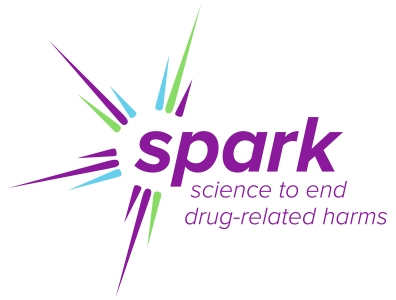Title: MECHANISMS OF COCAINE HYPERSENSITIVITY FOLLOWING CHRONIC DBH INHIBITION
Project Number: 5R01DA038453-05
Contact PI / Project Leader: WEINSHENKER, DAVID
Awardee Organization: EMORY UNIVERSITY
Abstract Text:
DESCRIPTION (provided by applicant): Norepinephrine (NE) provides excitatory drive onto midbrain dopamine (DA) neurons and modulates responses to dopaminergic drugs, including psychostimulants. Chronic loss of noradrenergic tone impairs DA neuron firing and DA release, leading to compensatory alterations in postsynaptic DA receptor signaling and a paradoxical hypersensitivity to dopaminergic drugs. The goal of this proposal is to identify the molecular and cellular mechanisms underlying the behavioral hypersensitivity to cocaine following chronic inhibition of the NE biosynthetic enzyme, dopamine �ydroxylase (DBH). Based on our preliminary data, we propose that a chronic loss of NE produces a decrease in �rrestin2 (�r2) in the nucleus accumbens (NAc), which promotes a reversal in the valence of D2 responses from inhibitory to excitatory, potentially via a G�to-G�switch in D2 receptor coupling. In Aim 1, we will determine the consequences of increasing or reducing the amount of �r2 selectively in D1 or D2 NAc neurons on behavioral responses to D2 agonist and cocaine. We will also test whether decreasing NAc neuron excitability normalizes cocaine responses following chronic DBH inhibition. In Aim 2, we will use slice electrophysiology to determine whether decreasing �r2 specifically in D1 or D2 NAc neurons is necessary and sufficient to trigger the switch from D2-mediated inhibition to excitation and further investigate alterations in D2 G protein coupling. In Aim 3, we will assess the effects of chronic DBH inhibition and reduction of �r2 on the aversive properties of cocaine using the runway model of cocaine self-administration in rats. Completion of these Specific Aims will contribute to our understanding of noradrenergic modulation of mesolimbic DA transmission, the plasticity of DA receptor signaling pathways, and NE-DA interactions underlying aversive responses to drugs of abuse.
